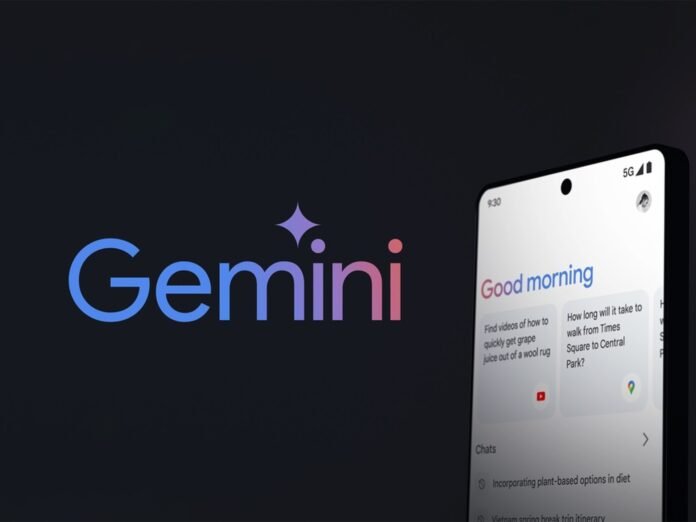After weeks of internal tests reserved for a restricted circle of developers, Google has started the Rollout of editing of images based on artificial intelligence directly within the Gemini app; It is a novelty awaited by many, which substantially enrich the multimodal skills of the AI assistant assistant, offering users an unprecedented level of control and personalization of images, all with the simplicity of a text request in natural language.
The Google Gemini app can now change your images
The novelty, which Google defines as a system of “intuitive and multi-steep modification“, It allows users to interact with images dynamically, by charging them manually or starting from a generation made by Gemini. In both cases, it will be possible to ask for subsequent changes, even multiple, through text prompt, without having to start again every time.
Among the supported interventions we find the Modion of the background, replacement or addition of objects, the change in image style and personalized aesthetic touches (such as the simulation of a new hair color on your own photo).
One of the most interesting aspects is the ability of the system to maintain the original context of the image, avoiding inconsistencies between the changes and the subject represented; Just to give some examples, you can ask to add a hat to a dog and immediately after transforming the background from a grassy lawn to a tropical beach, obtaining a coherent and visually integrated result.
But the update does not stop at the only graphic modification, Google also focuses on the enrichment of the interactions between user and assistant: thanks to Gemini, it is now possible obtain text responses accompanied by images generated or modified at the momentthus expanding the conversational experience.
A practical example? You can ask Gemini to write a goodnight fairy tale on dragons, complete with original illustrations to combine; Or, for more concrete purposes, it is possible to generate detailed visual instructions useful for example in the educational, technical or creative fields.
As always, when he speaks of generation of an AI -based images, the issues of security and transparency are crucial, Google has confirmed that All images created or modified through native editing will include the invisible digital filigree Synthiddeveloped internally to ensure the traceability of the content generated artificially.
At the same time, the Mountain View company is also testing the insertion of an FIligrana visible consisting of the siglia “Ai” enclosed in a pillusually positioned in the lower right corner of the images; A choice that aims at greater clarity for end users, especially in a context where the distinction between real and generated content can be increasingly nuanced.
The implementation of the native editing of the images has already started and, as often happens, will take place gradually; According to when declared by Google herself, in the coming weeks the functionality will be extended to an increasing number of users, in over 45 languages and in most countries.
Once enabled, the function will be available directly within the Gemini interface, with an in -line prompt that will signal the possibility of starting the change; From that moment, you can use any of the currently active Gemini models, fully exploiting the potential of the new multimodal editing system.
With this update, Google takes another decisive step towards the creation of a truly multimodal assistant, capable not only of understanding and generating natural language, but also to interact with visual elements in a creative and useful way.
It is an addition that, without a doubt, opens the doors to new scenarios of use both for the consumer public and for creatives, educators and professionals of the digital sector.
We just have to wait and, in the coming weeks, we could see new evolutions of this function, perhaps with the arrival of even more advanced editing tools or new additions in Google services.

